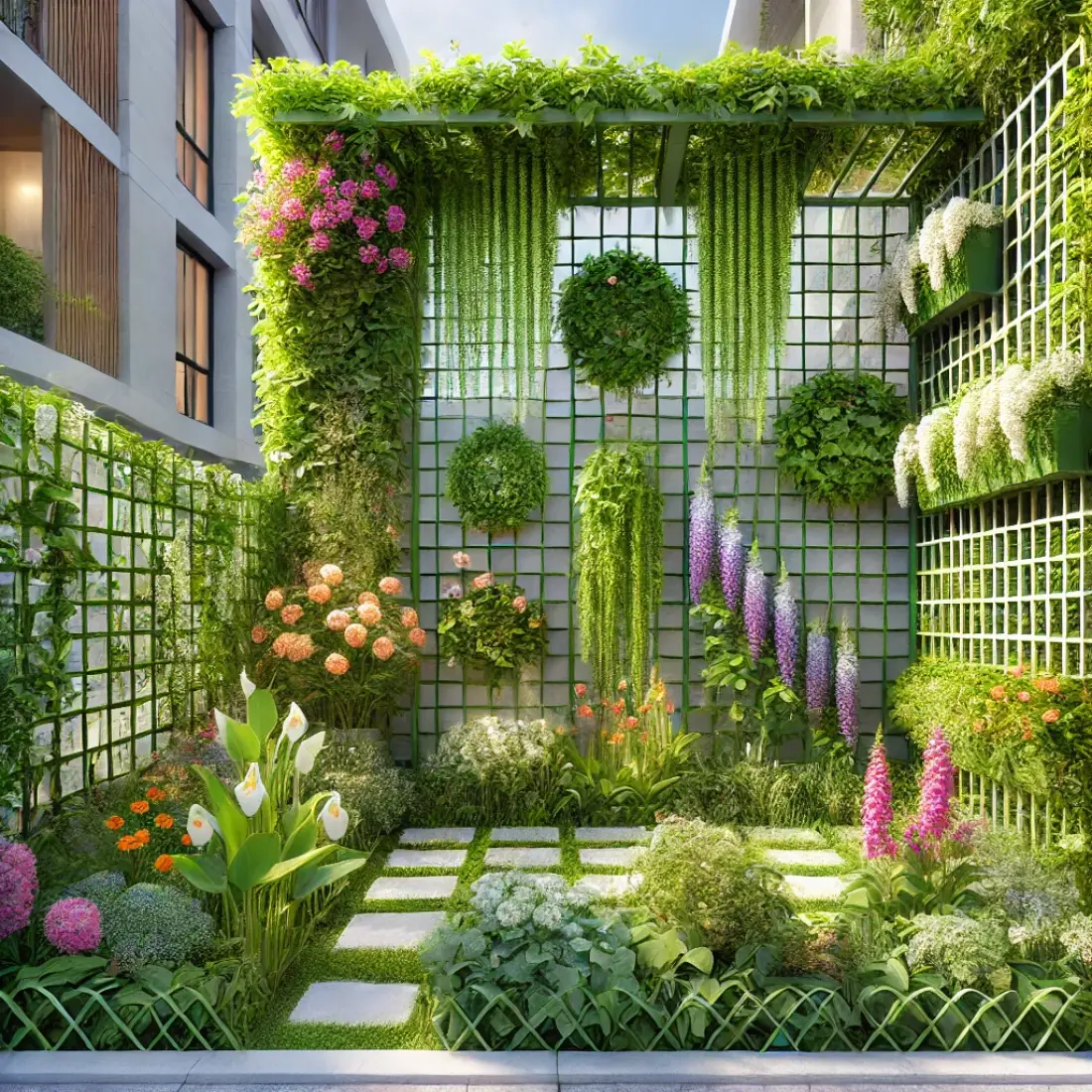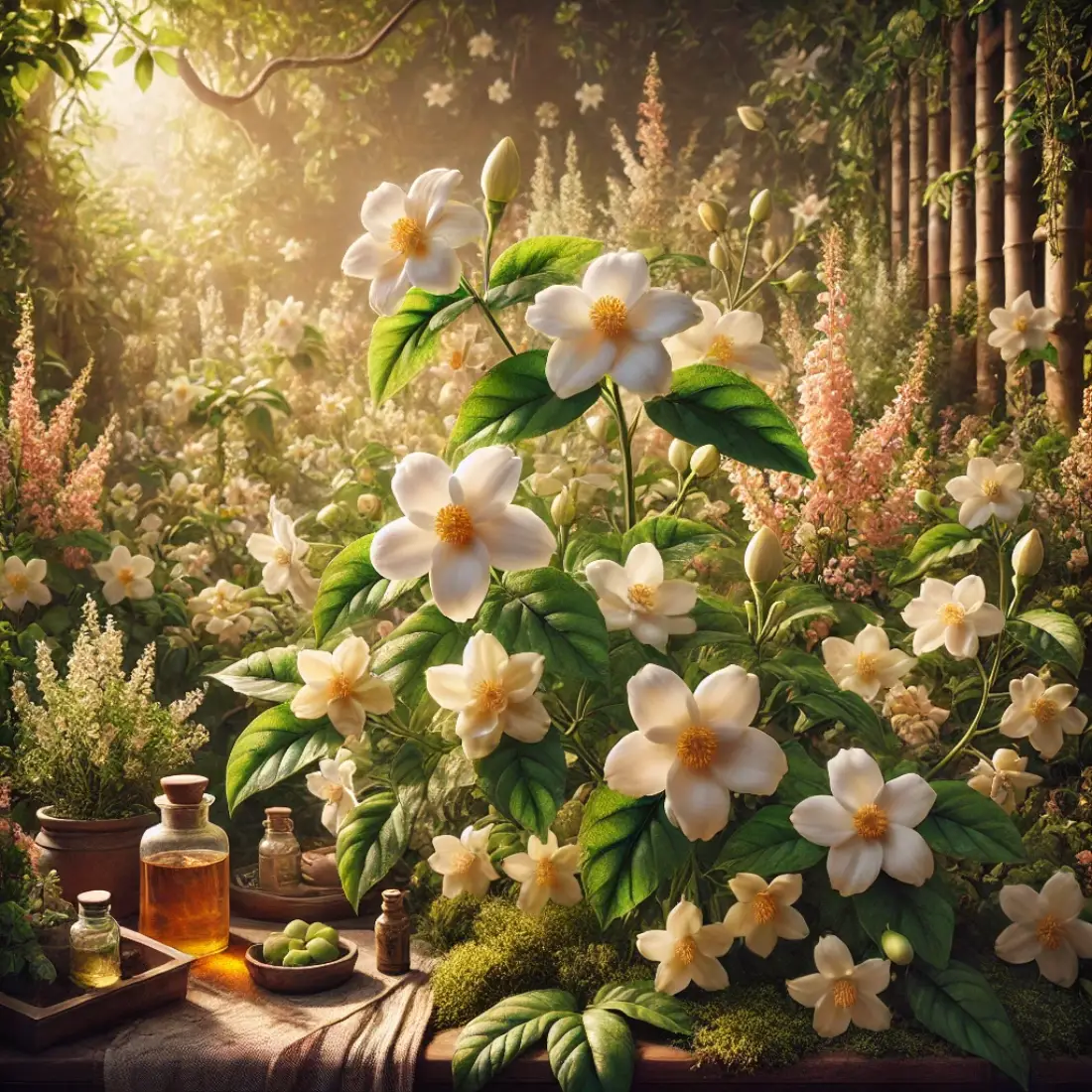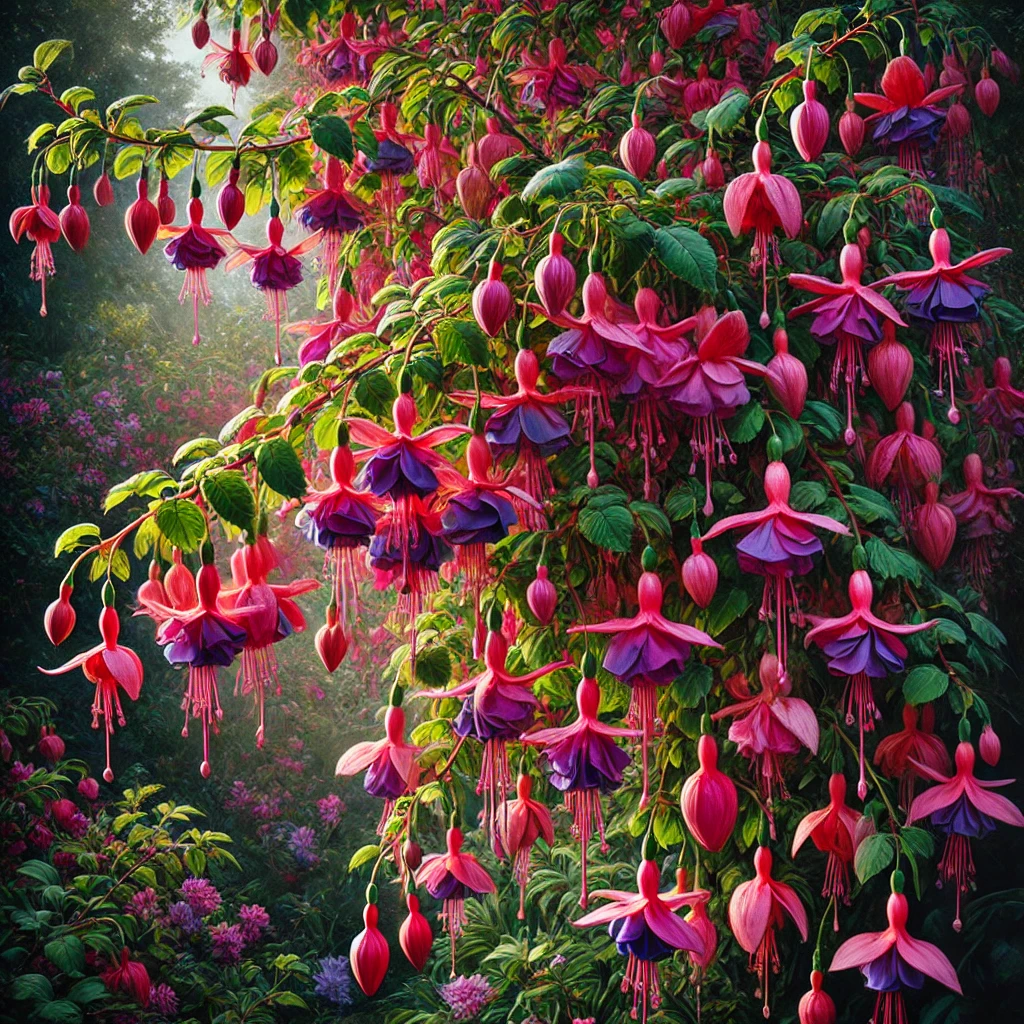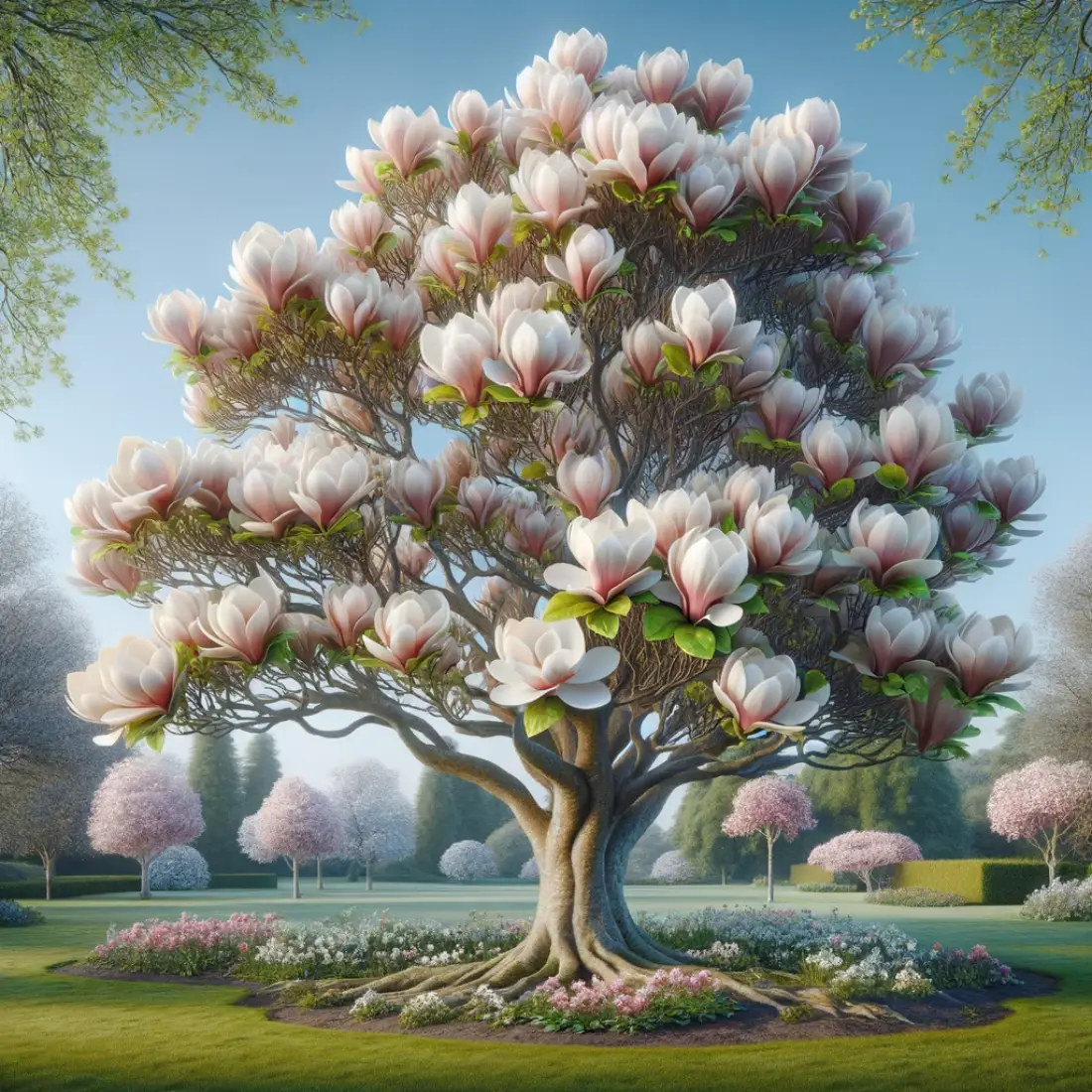One of the key advantages of climbing plants is their ability to maximize vertical space, making them perfect for small gardens or areas with limited planting room. They can create stunning visual effects, from lush, green curtains to vibrant floral displays.
Incorporating climbing plants into your garden design also offers several practical benefits. They can provide natural privacy screens, shade, and even insulation for your home. Additionally, certain varieties attract pollinators like bees and butterflies, contributing to a healthy garden ecosystem.
Best Flowering Climbing Plants
Roses
Climbing roses are a timeless choice for gardeners seeking both beauty and fragrance. Varieties like ‘New Dawn’ and ‘Don Juan’ offer stunning, abundant blooms that can cover walls, fences, and pergolas. These roses thrive in full sun and well-drained soil. Regular pruning and feeding ensure they produce an impressive display of flowers throughout the growing season.
Clematis
Clematis is another popular flowering climber, known for its wide range of colors and shapes. Varieties such as ‘Jackmanii’ and ‘Nelly Moser’ can add dramatic visual interest to your garden. Clematis prefers sunny locations with shaded roots and well-drained soil. Pruning requirements vary by type, but generally, deadheading spent flowers encourages continuous blooming.
Honeysuckle
Honeysuckle (Lonicera) is beloved for its sweetly scented flowers and ability to attract pollinators. Varieties like ‘Gold Flame’ and ‘Dropmore Scarlet’ offer vibrant colors and robust growth. Honeysuckle is adaptable to various soil types and prefers full sun to partial shade. Regular watering and occasional pruning help maintain its shape and encourage healthy growth.
Jasmine
Jasmine is prized for its intoxicating fragrance and delicate, star-shaped flowers. Varieties such as ‘Star Jasmine’ and ‘Common Jasmine’ are excellent for adding scent and beauty to your garden. Jasmine thrives in warm climates and prefers full sun to partial shade. Well-drained soil and regular watering are essential for optimal growth. Pruning after flowering keeps the plant tidy and encourages more blooms.
Bougainvillea
Bougainvillea is known for its vibrant, paper-like bracts that come in shades of pink, purple, red, and orange. Varieties like ‘Barbara Karst’ and ‘Raspberry Ice’ can create a striking display. Bougainvillea thrives in warm, sunny climates and requires well-drained soil. Minimal watering and occasional pruning help maintain its shape and promote flowering.
Passionflower
Passionflower (Passiflora) offers exotic-looking flowers that can add a tropical touch to your garden. Varieties like ‘Blue Passionflower’ and ‘Purple Passionflower’ are particularly eye-catching. Passionflower prefers full sun and well-drained soil. Regular watering and light pruning keep the plant healthy and encourage continuous blooms.
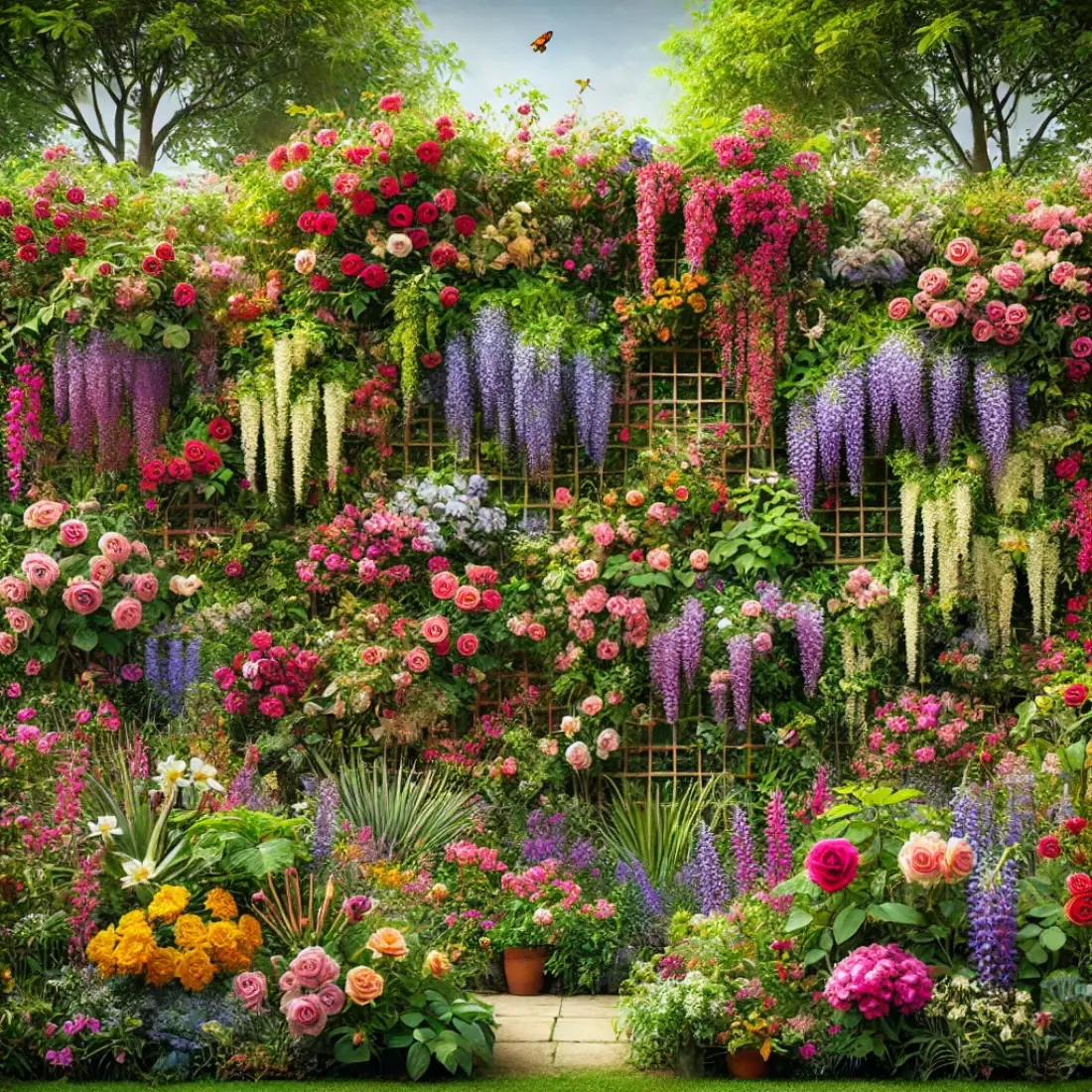
Evergreen Climbers for Year-Round Beauty
Ivy
Ivy (Hedera) is a classic evergreen climber known for its lush, dense foliage. Varieties like ‘English Ivy’ and ‘Persian Ivy’ are excellent for covering walls, fences, and ground areas. Ivy thrives in various conditions, including full sun to deep shade, and can adapt to different soil types. It provides year-round greenery and requires minimal maintenance. However, regular trimming is essential to keep it from becoming invasive and damaging structures.
Evergreen Clematis
Evergreen Clematis (Clematis armandii) is a stunning climber that offers both beautiful flowers and evergreen foliage. Varieties such as ‘Apple Blossom’ and ‘Snowdrift’ produce fragrant white or pale pink blooms in early spring. This clematis prefers full sun to partial shade and well-drained soil. Regular watering and annual pruning after flowering help maintain its shape and encourage new growth. Evergreen clematis is perfect for adding year-round interest and early seasonal blooms to your garden.
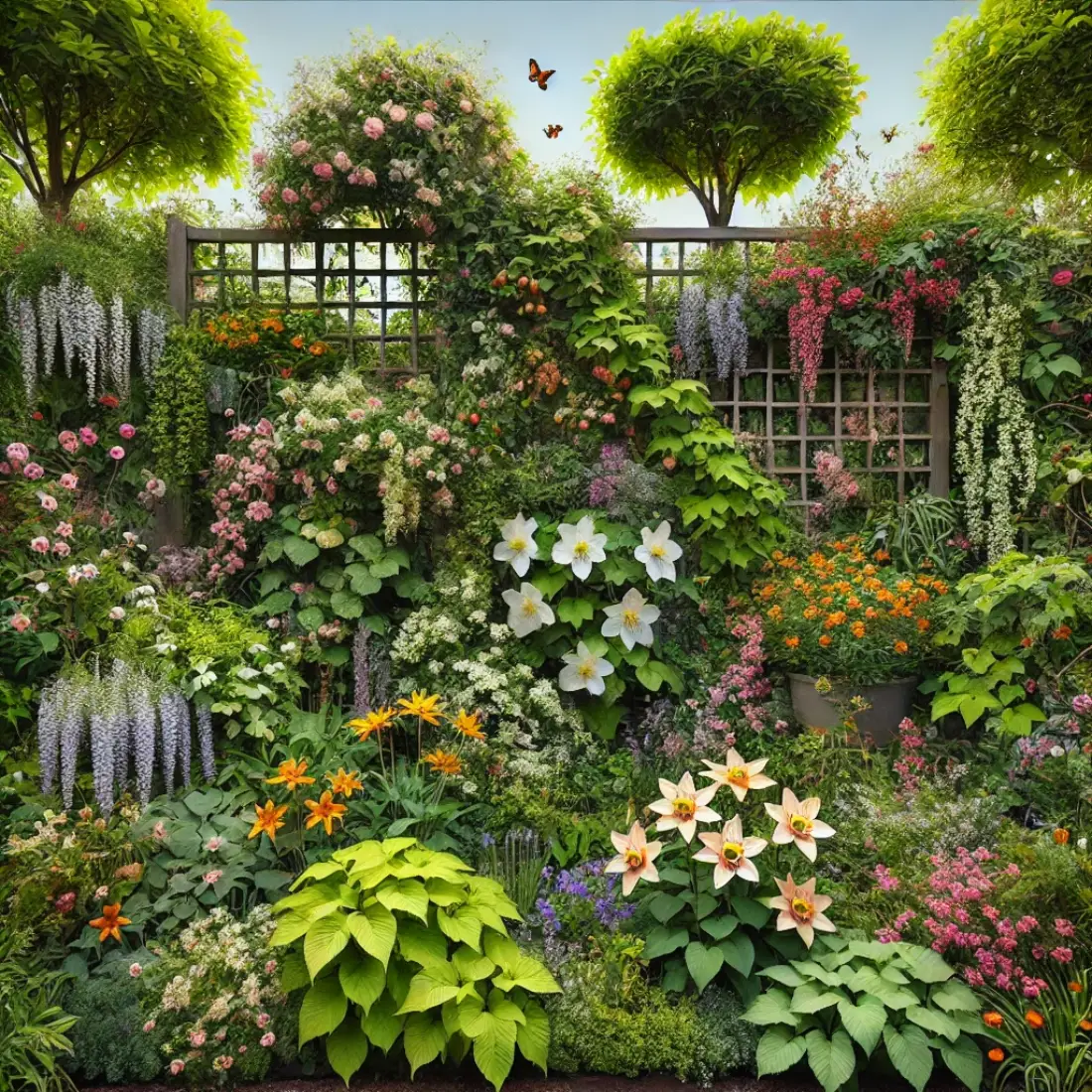
Winter Jasmine
Winter Jasmine (Jasminum nudiflorum) is an excellent choice for bringing color to the garden during the colder months. Its bright yellow flowers bloom in late winter to early spring, providing a cheerful contrast to the typical winter landscape. Winter jasmine thrives in full sun to partial shade and can grow in various soil types. It is relatively low maintenance, requiring occasional pruning to keep it tidy and promote vigorous growth.
Star Jasmine
Star Jasmine (Trachelospermum jasminoides) is a versatile evergreen climber that offers glossy, dark green leaves and fragrant white flowers. This plant is perfect for trellises, walls, and fences. Star jasmine prefers full sun to partial shade and well-drained soil. Regular watering and pruning after flowering keep the plant healthy and encourage dense growth. Its sweet-scented flowers and evergreen foliage make it a popular choice for year-round beauty.
Pyracantha
Pyracantha (Firethorn) is a robust evergreen climber known for its bright red, orange, or yellow berries that add color to the garden in autumn and winter. Varieties like ‘Orange Glow’ and ‘Mohave’ are particularly striking. Pyracantha thrives in full sun to partial shade and well-drained soil. It is relatively low maintenance but benefits from occasional pruning to maintain its shape and health.
Fast-Growing Climbing Plants
Morning Glory
Morning Glory (Ipomoea) is a fast-growing climber renowned for its vibrant, trumpet-shaped flowers that open in the morning sun. Varieties like ‘Heavenly Blue’ and ‘Scarlet O’Hara’ can quickly cover trellises, fences, and pergolas. Morning Glory thrives in full sun and well-drained soil, making it ideal for warm climates. It requires regular watering but is generally low maintenance. Planting in early spring ensures a rapid growth spurt and abundant blooms throughout the summer.
Wisteria
Wisteria is celebrated for its cascading clusters of fragrant flowers and vigorous growth. Varieties such as ‘Chinese Wisteria’ (Wisteria sinensis) and ‘Japanese Wisteria’ (Wisteria floribunda) can rapidly cover large areas, creating stunning displays of purple, blue, or white flowers. Wisteria prefers full sun and well-drained soil. It requires sturdy support and regular pruning to control its vigorous growth and encourage flowering. Proper training and maintenance will reward you with breathtaking blooms in late spring to early summer.
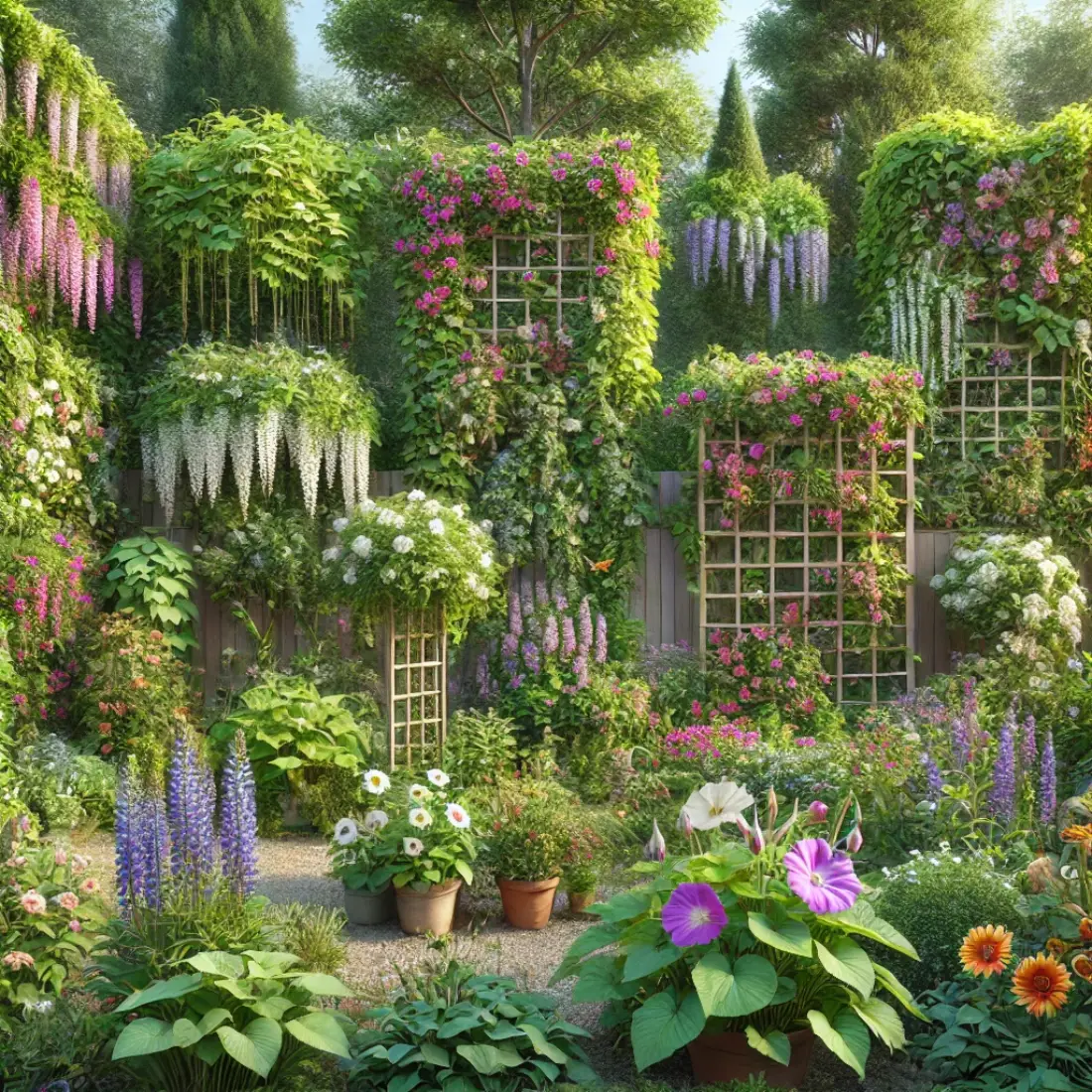
Climbing Hydrangea
Climbing Hydrangea (Hydrangea anomala subsp. petiolaris) is a vigorous grower that can transform shady areas of your garden with its lush foliage and lacy white flowers. This plant is ideal for covering walls, trees, and large structures. Climbing Hydrangea prefers partial shade and well-drained, moist soil. It requires little maintenance once established, though it benefits from occasional pruning to control its growth and promote flowering.
Trumpet Vine
Trumpet Vine (Campsis radicans) is a robust and fast-growing climber known for its large, trumpet-shaped flowers that attract hummingbirds. Varieties such as ‘Madame Galen’ and ‘Flava’ can quickly cover fences, walls, and arbors. Trumpet Vine thrives in full sun and well-drained soil, although it can tolerate a range of conditions. Regular watering and pruning help manage its vigorous growth and ensure a continuous display of vibrant blooms from summer to fall.
Designing Your Garden with Climbing Plants
Aesthetic Considerations
Climbing plants can significantly enhance your garden’s aesthetics by adding vertical interest, texture, and color. Choose a mix of flowering and evergreen climbers to ensure year-round beauty. Flowering climbers like roses, clematis, and bougainvillea provide vibrant seasonal blooms, while evergreen climbers such as ivy, star jasmine, and pyracantha offer constant foliage. Consider the color palette and bloom times to create a visually appealing sequence throughout the year.
Functional Uses
Incorporating climbing plants can serve various functional purposes in your garden. They are excellent for creating natural privacy screens, adding a layer of seclusion without the need for artificial structures. Plants like honeysuckle and wisteria can quickly cover fences and trellises, providing an attractive barrier. Climbing plants can also offer shade, making them perfect for pergolas and arbors where they create cool, sheltered spots ideal for relaxing during hot days.
Layout Planning
Strategically placing climbers can maximize their impact. Use taller structures like walls and fences for robust climbers such as trumpet vine and climbing hydrangea. Smaller, delicate climbers like passionflower and winter jasmine are perfect for trellises and smaller arbors. Plan the layout to ensure each plant has sufficient space to grow and adequate support. Combining different climbers can create a layered effect, adding depth and complexity to your garden design.
Planting Strategies
Consider the growth habits of your chosen climbers. Twining plants like clematis and morning glory need thin supports to wrap around, while clinging plants like ivy and climbing hydrangea can attach to flat surfaces. Installing the right support structures early ensures your climbers grow in the desired direction and pattern. Ensure the soil conditions and sunlight exposure are suitable for each plant type to promote healthy growth.
Maintenance Tips
Regular maintenance is crucial for keeping your climbing plants healthy and attractive. Prune to control their shape and prevent overgrowth, particularly with vigorous climbers like wisteria and trumpet vine. Watering and feeding schedules should be adjusted based on the specific needs of each plant. Proper care not only enhances their visual appeal but also extends their lifespan, ensuring your garden remains vibrant and beautiful.
FAQs about Flowering and Evergreen Climbing Plants
What are the easiest flowering climbers to grow?
Easy-to-grow flowering climbers include Morning Glory, Clematis, and Honeysuckle. These plants are hardy, require minimal maintenance, and adapt well to various garden conditions, making them perfect for beginners.
How do I train my evergreen climbers to grow on a trellis?
To train evergreen climbers like Ivy or Star Jasmine, gently tie the young stems to the trellis using soft plant ties or garden twine. As they grow, continue securing new growth to the support, guiding them in the desired direction. Regularly check and adjust ties to prevent damage to the stems.
What is the best time of year to plant climbing plants?
The best time to plant climbing plants is during the spring or fall. These seasons offer mild temperatures and adequate rainfall, allowing the plants to establish roots before facing extreme weather conditions. Avoid planting during the peak of summer or winter.
Can climbing plants grow in containers?
Yes, many climbing plants can thrive in containers, including Clematis, Passionflower, and Star Jasmine. Use a large container with good drainage and fill it with quality potting mix. Provide a trellis or support structure for the plant to climb, and ensure regular watering and feeding.
How do I prevent my climbing plants from damaging my walls?
To prevent damage, avoid planting vigorous climbers like Ivy directly against walls. Instead, use free standing trellises or attach supports that keep the plants slightly away from the wall. Regular pruning also helps control growth and reduces the risk of structural damage.
Do climbing plants attract pests?
Some climbing plants can attract pests like aphids, spider mites, and caterpillars. Regularly inspect your plants for signs of infestation and treat promptly with organic or chemical solutions. Maintaining plant health through proper watering, feeding, and pruning can also help reduce pest problems.
How often should I fertilize my climbing plants?
Fertilize your climbing plants in early spring with a balanced, organic fertilizer. Flowering climbers may benefit from additional phosphorus-rich feedings during the blooming season. Evergreen climbers typically require a nitrogen-rich fertilizer to support lush foliage. Follow the specific needs of each plant and avoid over-fertilization.
Can I grow different types of climbing plants together?
Yes, you can grow different types of climbing plants together to create a diverse and visually appealing garden. Pairing flowering climbers with evergreen climbers ensures year-round interest. Ensure each plant has enough space and compatible growth habits to thrive without competing for resources.
What are some fast-growing climbing plants for quick coverage?
Fast-growing climbing plants include Morning Glory, Wisteria, Trumpet Vine, and Passionflower. These plants quickly cover large areas, making them ideal for creating privacy screens, shading structures, or rapidly transforming bare spaces.
How do I prune my climbing plants for optimal growth?
Prune climbing plants to remove dead or diseased wood, shape the plant, and promote healthy growth. For flowering climbers, prune after the blooming period to encourage new blooms. Evergreen climbers can be pruned in late winter or early spring. Always use clean, sharp tools and follow the specific pruning needs of each plant.

